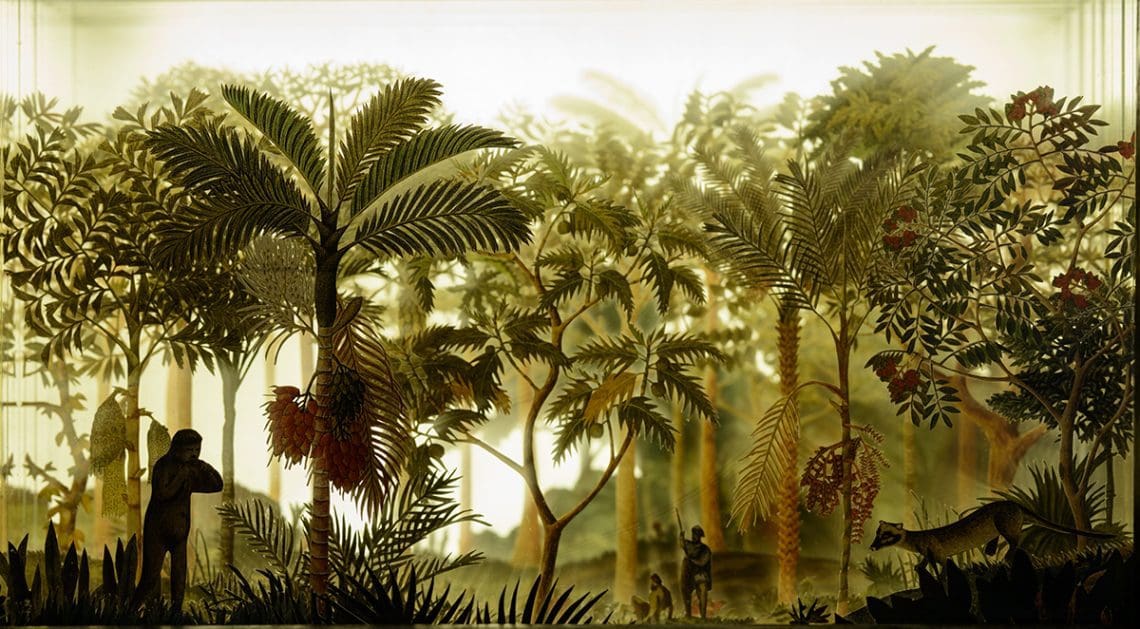Paul's Unofficial Letterbox Pages: History of British Letter Boxes - Part 1 Docker toolbox compose.
Nov 17, 2013 - Explore Rhonda Hicken's board 'Old Letter Boxes ', followed by 167 people on Pinterest. See more ideas about old letters, vintage mailbox, old mailbox. Did you scroll all this way to get facts about antique letter box? Well you're in luck, because here they come. There are 845 antique letter box for sale on Etsy, and they cost $76.50 on average. The most common antique letter box material is metal. The most popular color? You guessed it: brown. As an antique padlock collector, I enjoy the challenge of making missing keys for locks such as the ones in my video. I take this hobby to the. Did you scroll all this way to get facts about antique letter box? Well you're in luck, because here they come. There are 845 antique letter box for sale on Etsy, and they cost $76.50 on average. The most common antique letter box material is metal. The most popular color? You guessed it: brown.
Victorian Letter Boxes
Most houses in Britain have a letter box in the front door, usually a simple slot with a flap over it, through which the post is delivered each morning. The Post Office first encouraged people to provide these in 1849. Similar letter boxes were provided at post offices for people sending letters. One such letter box which was originally in the wall of the Wakefield Post Office has the date 1809 on it and is probably the oldest British letter box still in existence.
In 1840 Rowland Hill suggested the idea of roadside letter boxes for Britain. Letter boxes of this kind were already being used in countries such as France, Belgium and Germany. However there were no roadside letter boxes in the British Isles until 1852, when the first pillar boxes were erected at St Hellier in Jersey at the recommendation of Anthony Trollope, who was working as a Surveyor's Clerk for the Post Office.
In 1853 the first pillar box on the British mainland was erected at Botchergate, Carlise. A similar box from the same year still stands at Barnes Cross, Bishop's Caundle in Dorset. It is the oldest pillar box still in use on the mainland. Most of the early boxes were similar in design to the Channel Island boxes, but there were some interesting variations.
Figure 1.
| Figure 2.
| Figure 3.
|
Only photos and a few odd parts remain of London's first pillar box which was at the corner of Fleet Street and Farringdon Street.
Figure 4. |
Old Letter Boxes
In 1856 Richard Redgrave of the Department of Science and Art designed an ornate pillar box for use in London and other large cities. An example of one of these boxes, which would have been painted bronze, is now at the Victoria and Albert Museum. A less ornate version was used in other towns and cities. In 1859 the design was improved by moving the aperture from the top to below the rim and this became the first National Standard pillar box. The one exception to this standard is the Liverpool Special of 1863.
Green was adopted as the standard colour for the early Victorian boxes. Between 1866 and 1879 the hexagonal Penfold became the standard design for pillar boxes and it was during this period that red was first adopted as the standard colour. The first boxes to be painted red were in London in July 1874, although it took 10 years before nearly all the boxes had been repainted.
Figure 5.
| Figure 6.
| Figure 7.
|
In 1879 came the cylindrical design of pillar box, which apart from a few recent experiments has changed very little since. The early boxes had no royal cipher and are known as 'anonymous' boxes. This oversight was corrected from 1887 when the words POST OFFICE were also placed either side of the aperture.
Old Letter Boxes For Sale Craigslist
The cylindrical boxes came in two sizes, 'A' (larger) and 'B' (smaller). The oval type 'C' boxes with separate apertures for town and country first appeared in London in 1899. Lamp boxes, for use in areas where the amount of post is small, first started to be used generally from around 1897. Although designed to be attached to a lamp post they may also be found attached to telegraph poles, their own post or even set in a wall. The first proper roadside wall boxes had been in use from about 1857. Ludlow boxes, named after the Birmingham manufacturer James Ludlow, were made for use at sub-post offices between 1885 and 1965. Manufactured from sheet metal and wood with distinctive enamel plates they were more prone to rot than cast iron boxes.
Figure 8.
| Figure 9.
| Figure 10.
| Figure 11.
|

Copyright © Paul Wicks 2002

Old Letter Boxes For Sale
